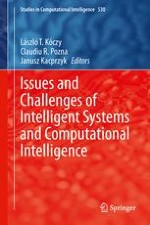2014 | OriginalPaper | Buchkapitel
A Hierarchical Approach for Handwritten Digit Recognition Using Sparse Autoencoder
verfasst von : An T. Duong, Hai T. Phan, Nam Do-Hoang Le, Son T. Tran
Erschienen in: Issues and Challenges of Intelligent Systems and Computational Intelligence
Aktivieren Sie unsere intelligente Suche, um passende Fachinhalte oder Patente zu finden.
Wählen Sie Textabschnitte aus um mit Künstlicher Intelligenz passenden Patente zu finden. powered by
Markieren Sie Textabschnitte, um KI-gestützt weitere passende Inhalte zu finden. powered by
